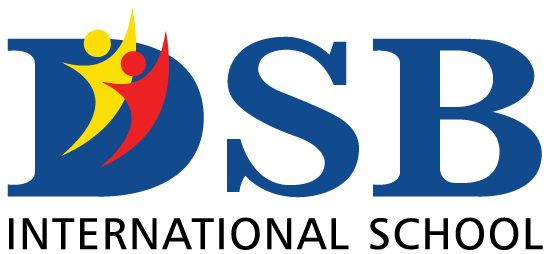If ever there was a time for clear, structured instructions, it's now
For generations, teachers stood as the primary source of knowledge in classrooms lecturing, grading, and managing. Today, artificial intelligence is quietly dismantling that legacy model. This isn’t about machines replacing educators; it’s about a profound evolution that shifts teachers from content deliverers to learning architects, from instructors to mentorship engineers. The transformation is already underway, and it demands our attention.
In traditional education, teachers spent the majority of their time on administrative tasks: delivering standardized content, grading repetitive assignments, and maintaining classroom order. AI disrupts this dynamic. When algorithms personalize practice problems, analyze essays in seconds, or simulate complex chemistry experiments, educators are liberated to focus on what truly matters: designing profound learning experiences. Our role is no longer to dispense knowledge, but to orchestrate the journey through which students discover it.
This evolution manifests in four fundamental shifts. First, teachers are becoming learning architects. We now design structured, AI-enhanced pathways curating adaptive resources, mapping mastery journeys, and creating hybrid experiences where algorithms handle drills while humans guide application. For instance, a student struggling with stoichiometry might receive AI-generated practice sets alongside a teacher-curated video series, followed by a mentored lab investigation.
Second, we're transitioning into personalized coaches. AI-generated data reveals hidden patterns a silent struggle with reaction kinetics, a gifted student ready for advanced synthesis. This allows us to move beyond one-size-fits-all lectures toward targeted mentorship.
Third, teachers are emerging as critical thinking facilitators. By offloading lower-order tasks (grading, fact-checks) to AI, we reclaim time for higher-order cultivation. We stage debates on AI-developed pharmaceuticals, challenge students to design eco-friendly batteries using simulators, and transform data into ethical dilemmas. Here, AI isn’t the teacher it’s the catalyst that sparks human wisdom
Finally, we’re becoming feedback innovators. Last week, I fed my Grade 9 chemistry assessment results into an AI tool. Within moments, it revealed a percentage of students who understood some concepts a pattern I’d missed and the next steps for learning. This symbiosis exemplifies the new paradigm: AI surfaces insights, but teachers craft transformative feedback for the skills machines can’t touch creativity, collaboration, and scientific intuition.
Why must we embrace this shift? Because AI exposes instructional vagueness. Fuzzy objectives and inconsistent rubrics crumble under algorithm-driven learning pathways. Students need both AI’s personalization and a teacher’s ability to contextualize, challenge, and ignite curiosity. This is the moment for crystalline instructional design the era where “winging it” becomes professionally untenable.
The path forward is clear. Teachers must partner with AI as co-pilots, not resist them as competitors. Invest in designing structured learning journeys where human guidance and AI tools interlock. Redefine success not by test scores, but by problem-solving agility and intellectual courage.
- By Shadrach Quainoo,
IB DP & IGCSE Teacher of Chemistry, Secondary Science Teacher and Deputy Child Protection Officer - DSB International Mumbai

